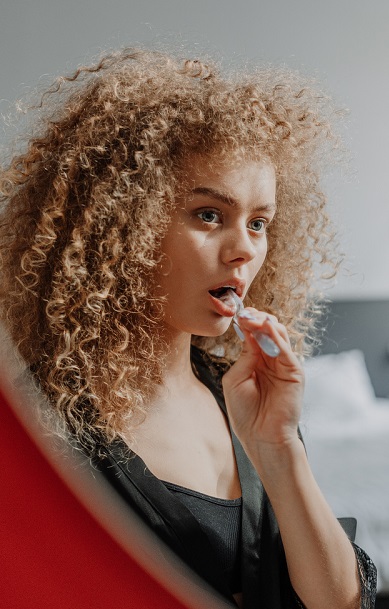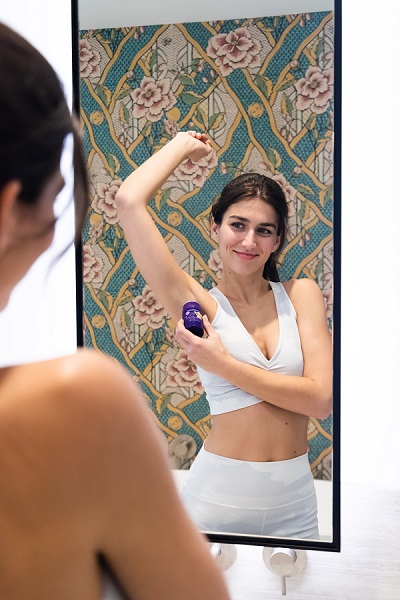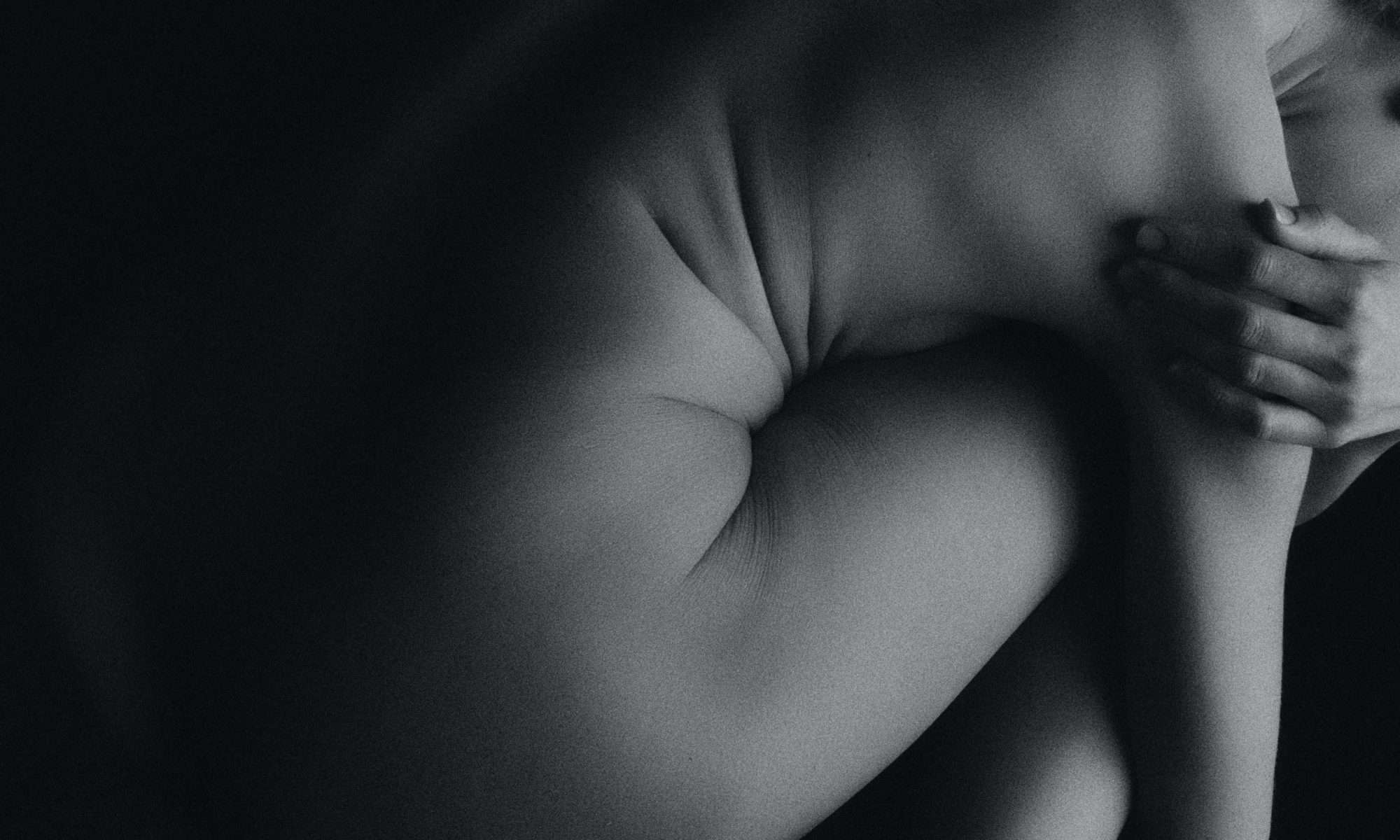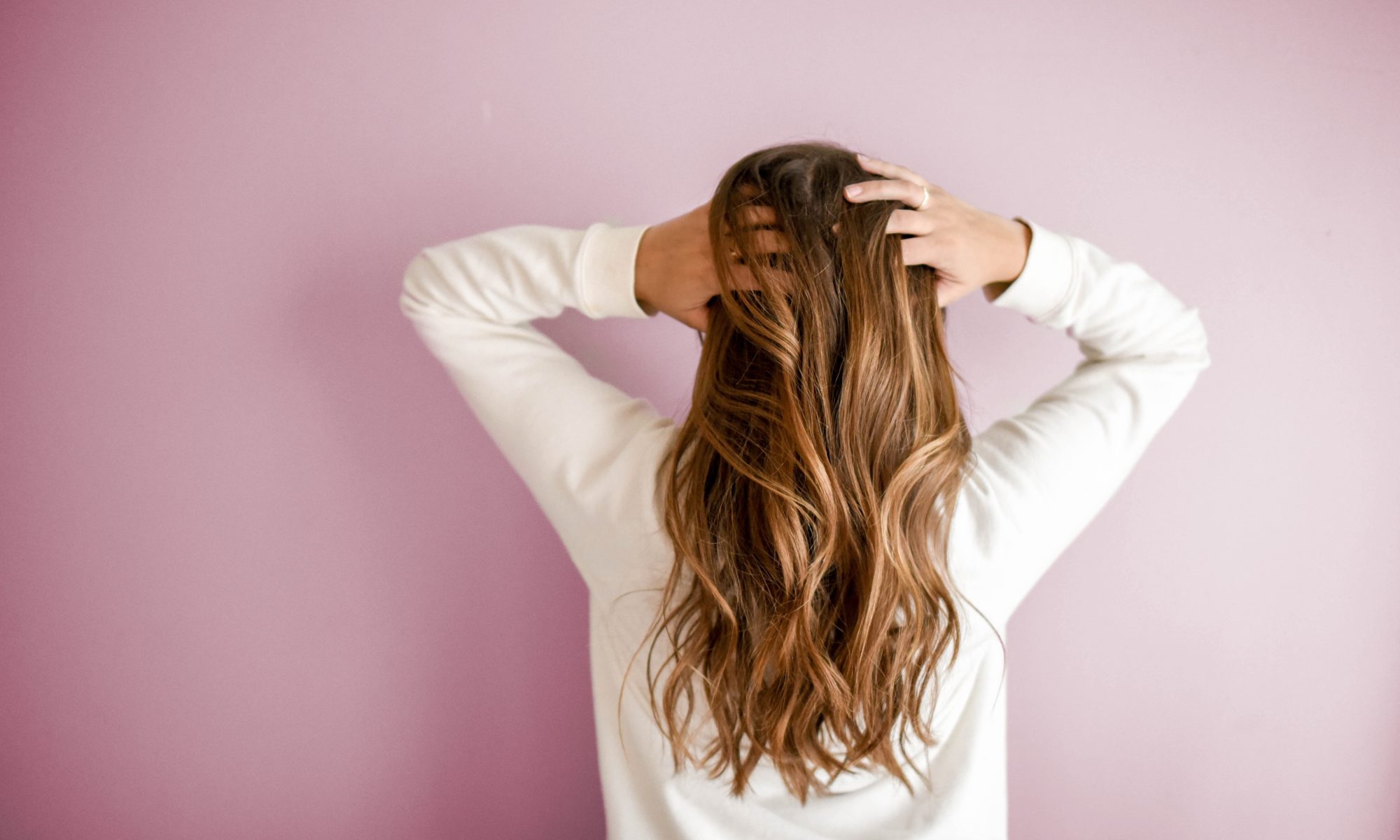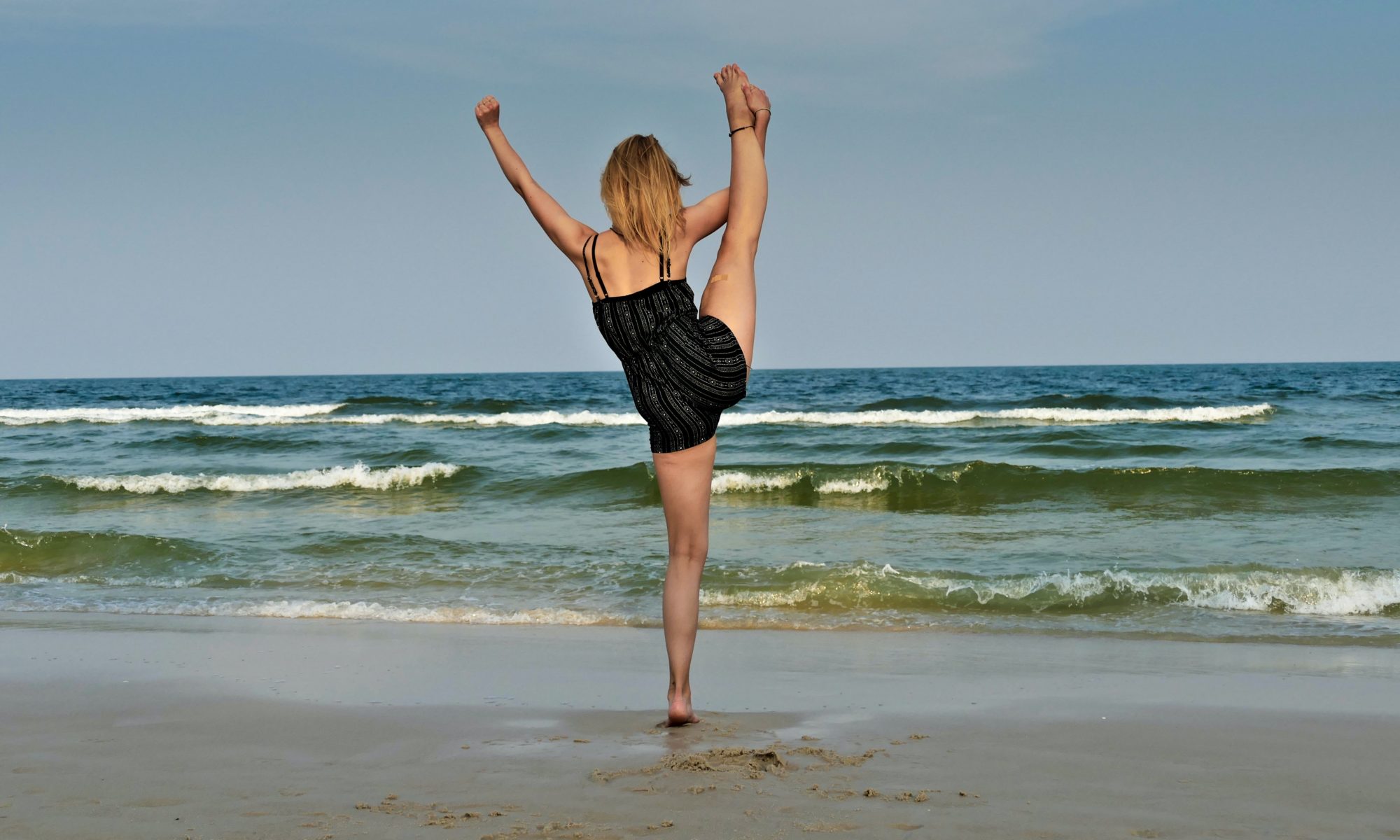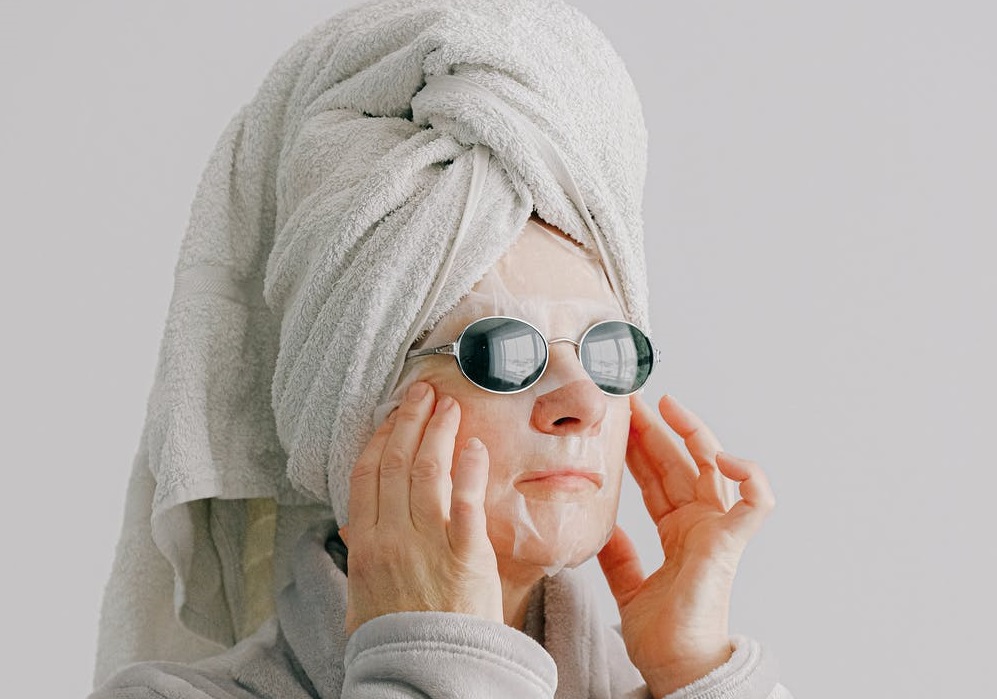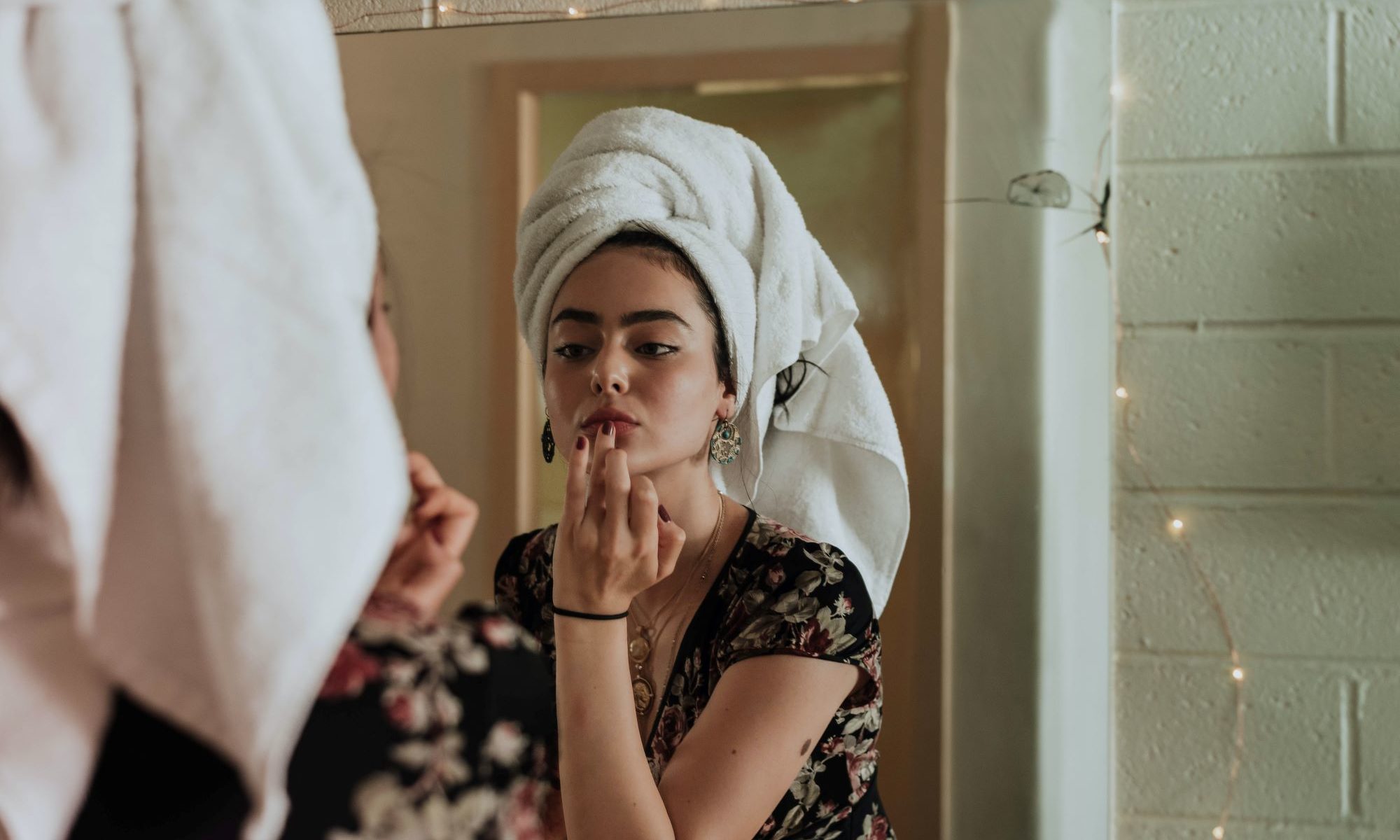Hopefully, brushing your teeth is a staple of your morning and bedtime routines. (If it's not; it's past time to start!) Brushing at least twice a day like this is crucial for both your oral health and your overall health. While getting into a brushing routine that includes brushing first thing in the morning and last thing before lights out is great, it’s time to stop brushing your teeth right after breakfast. Here are three reasons why:
1. Your Morning Breath Is Trying To Tell You Something

Morning breath — or “dragon breath,” as my grandkids like to call it — isn’t just the side effect of a dry mouth. It’s due to the massive amount of bacteria that has quietly multiplied in your mouth overnight. In other words, your mouth is kind of gross when you first wake up and a literal breeding ground for tooth decay.
As such, most dental health experts recommend brushing your teeth before breakfast, first thing when you wake up. You might think of it like hitting the “reset” button on your mouth.
2. Your Mouth Needs Saliva, STAT

Right about now, you’re probably thinking, “Why in the world is more spit a good thing?” Three reasons:
It eliminates harmful bacteria roaming around your mouth. After multiplying all night long, they’re running wild by sunrise.
It helps breaks down what you eat. This takes stress off your teeth and jaws.
Saliva plays a pivotal role in protecting your teeth by re-mineralizing your enamel.
Who knew spit was so essential to your health?
[insert page='Offer' display='content']
3. Many Breakfast Foods Are Acidic
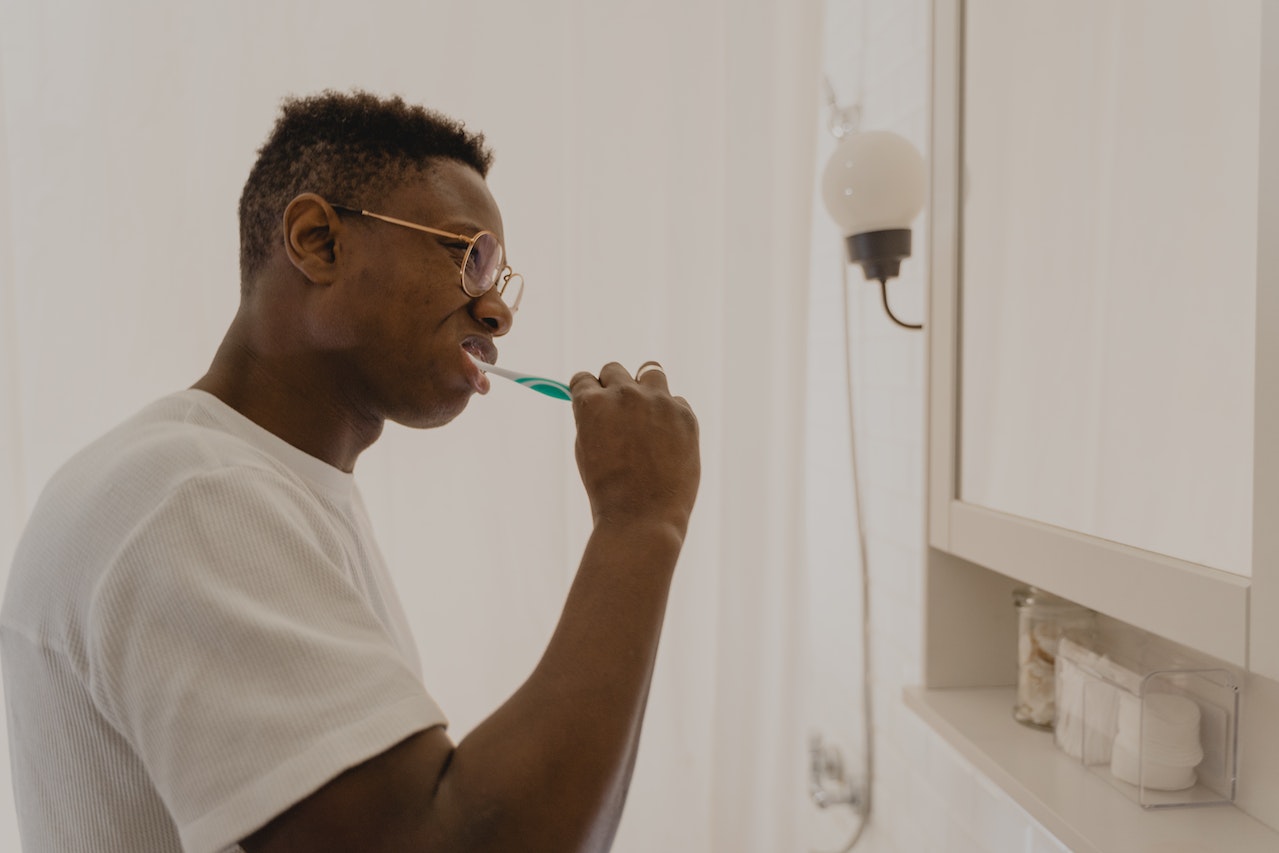
If you must brush your teeth after breakfast, the American Dental Association strongly suggests that you wait an hour before doing the deed. The reason for this can be found on your breakfast table: Several breakfast staples, including coffee, sugary cereal, toast, citrus fruits and many juices are acidic. Brush your teeth too soon after the most important meal of the day, and you’re just spreading that acid around your mouth, helping it weaken your teeth and stripping off your tooth enamel with your very own toothbrush.
Unsurprisingly, this is terrible for your smile. It not only erodes your tooth enamel and damages your gums, but it also stops your saliva from beefing up your teeth’s natural defenses. Your teeth enamel is the hardest substance in your body, but even it can’t stand up to the potent combination of acid and bristles. Over time, enamel loss can lead to a host of undesirable side effects:
Yellow teeth
Higher risk of cavities
Increased tooth sensitivity when consuming hot, cold or super-sweet foods and drinks
Abscesses
Tooth loss
Tooth erosion isn’t reversible, either. Once that enamel is gone, it’s gone for good. Depending on how far things progress, you may need fillings, crowns, veneers and even a root canal or two to maintain your smile. While you wait to brush, drink plenty of water or pop a piece of sugar-free gum into your mouth to start safely precleaning your chompers.
Why Not Just Skip Breakfast?

This isn’t a healthy alternative to smart brushing. Your body needs those morning nutrients to propel you through your day. Instead of skipping breakfast all together, enjoy acidic foods in moderation and chow down on plenty of calcium-rich, non-acidic fare such as yogurt and chia seeds.
While we’re at it, it’s not smart to skip brushing your teeth, either. While brushing after breakfast is far from ideal, it’s better than leaving your toothbrush in the medicine cabinet until bedtime.
If you’ve been brushing your teeth right after breakfast for years — decades even — it can be hard to revamp your morning routine, but it’s worth it. Daily brushing right after your morning coffee or OJ can do more harm them good. Keep your winning smile — and your original teeth — by waiting an hour after eating breakfast to fire up your electric toothbrush.

